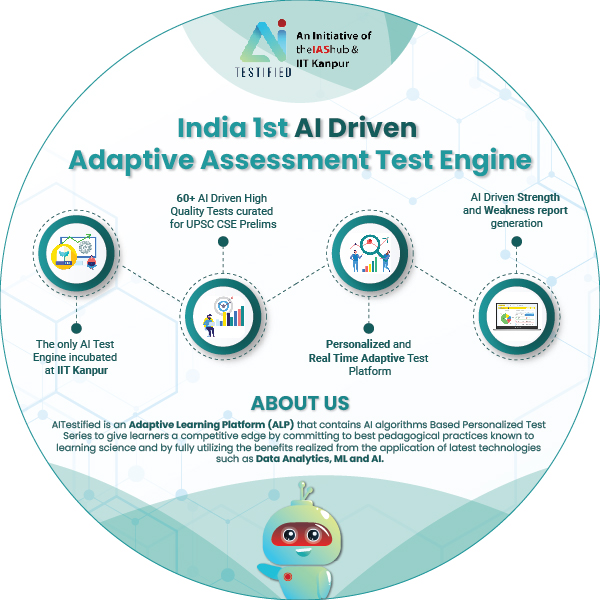Q. India is an agricultural powerhouse, but several deep structural challenges limit its potential. Discuss. (Answer in 150 words).
06 Oct, 2022
GS III
Daily Answer Writing 2022-23 ( Upgrade)
Modal Answer
Modal Answer
With largest arable land in the world & 20 Agroclimatic regions, India is a true ‘agricultural powerhouse’ boasting of largest global production of pulses, jute, tea, cashew, milk etc & 2nd largest production of fruit, vegetables, wheat etc.
Despite such an enviable production & resource base, Indian agriculture continues to face several deep seated challenges that severely undermines its potential.
Challenges in the growth of agriculture in India
- Policy gaps: Faulty policies relating to APMC, MSP, Farm Subsidies, Insurance, Export Policy etc.
- Dual Distress: High input costs and low farm revenues.
- Low Productivity: Lower yields than many of the emerging economies like Egypt, Brazil, Bangladesh, Thailand etc.
- Distorted Forward Linkages: high post harvest losses (20-30%) & Low contribution of food processing (only 10-12%).
- Handkerchief sized unviable farms: Small and marginal farmers(<2 hectares of land) account for 85%.
- Lack of Infrastructure: cold storage, mechanisation, and irrigation (only 55% of area under cultivation).
- Innovation/R&D Deficit: Spending on agricultural R&D in India still hovers at a low of 0.40% of agricultural GDP/.
- Technology gaps: Poor access to agri technology, digital divide & illiteracy, limited funding for early-stage agri-tech firms, etc.
- Uncompetitive Exports: Indian food exports rejected as due to failure to meet international quality standards.
- Unsustainable agri practices: focus on commercial crops like wheat, rice and sugarcane generate water crisis (Virtual water export) and GHG emissions.
- Climate change: Unpredictable weather leading to soil degradation, pests attack (eg. recent locust attacks) etc.
Structural issues in all the stages must be addressed:
- Inputs Stage:
- Comprehensive land reforms: Titling, digitisation of land records, land pooling, land leasing etc.
- Rationalising policies relating to seed, fertilizer, pesticides, marketing, private participation etc.
- .
- Access to institutional Credit: with special attention to the north-eastern, eastern and rainfed state/regions.
- Production Stage:
- Prioritize Sub sectors for investment: Diversification into high growth and high-value sub sectors such as horticulture, animal husbandry, dairying and fisheries
- Increased farm mechanisation, engaging with the FPO’s to impart skills to the farmers.
- Use of modern technologies Artificial Intelligence (AI), Robotics, Drones, Data Analytics, GIS etc.
- Improve sustainability of agriculture through efficient use of fertilisers and soil management.
- Post-Harvest Stage:
- Provision of infrastructure – cold storage and food processing unit nearby, improved transport facilities
- Strict and dynamic standardisation, catering to the domestic as well as foreign demands (HACCP, CODEX).
- Incentivising exports and processing – like SAMPADA and TOP schemes.
Thus, a structural transformation is required across the value chain of agriculture to truly justify India’s standing as the ‘Food Basket of the world’.
Please login to upload your copy.
Uploaded Copies
No copies found.
